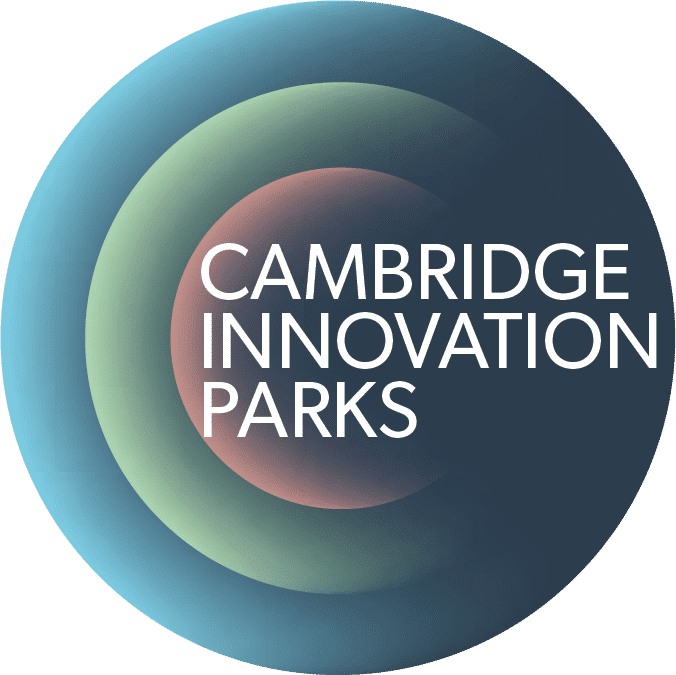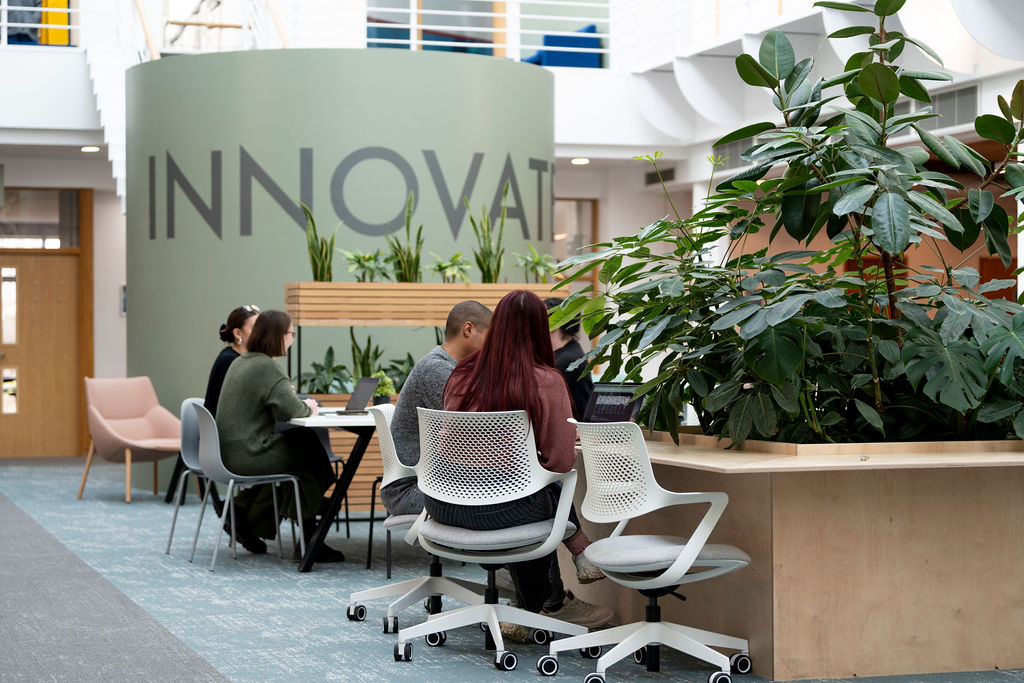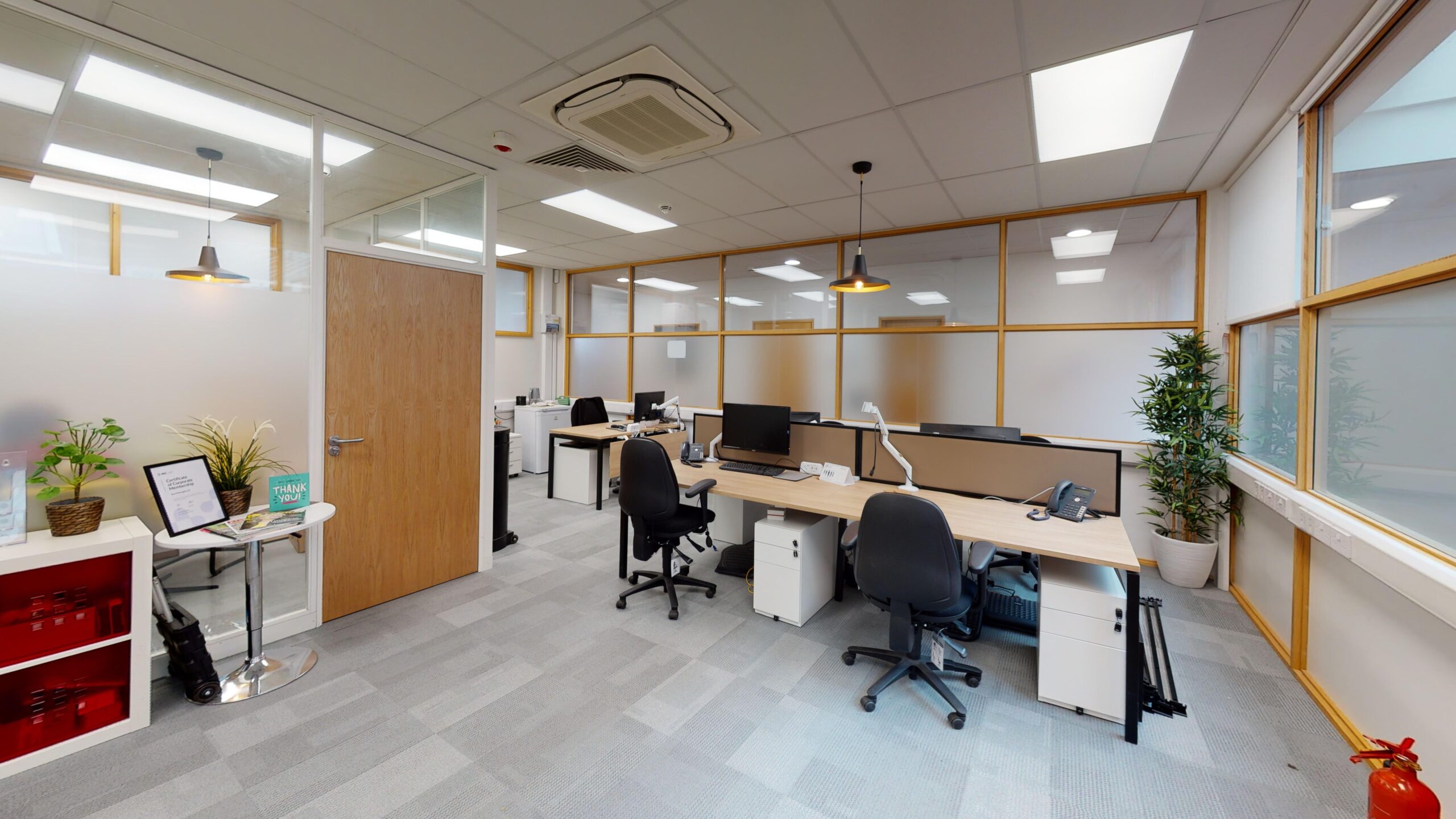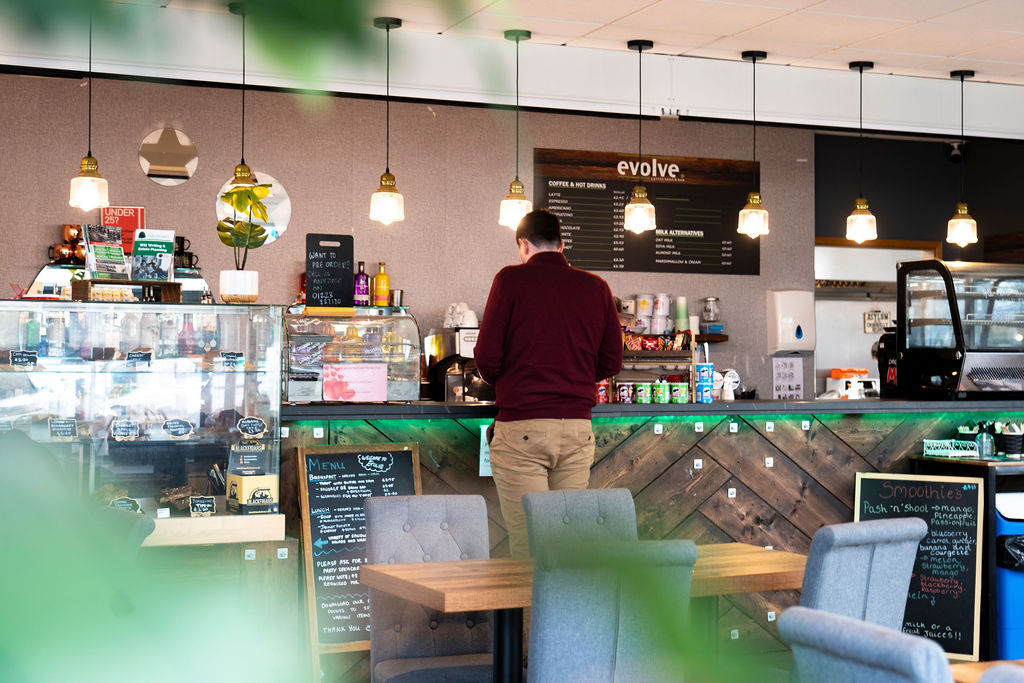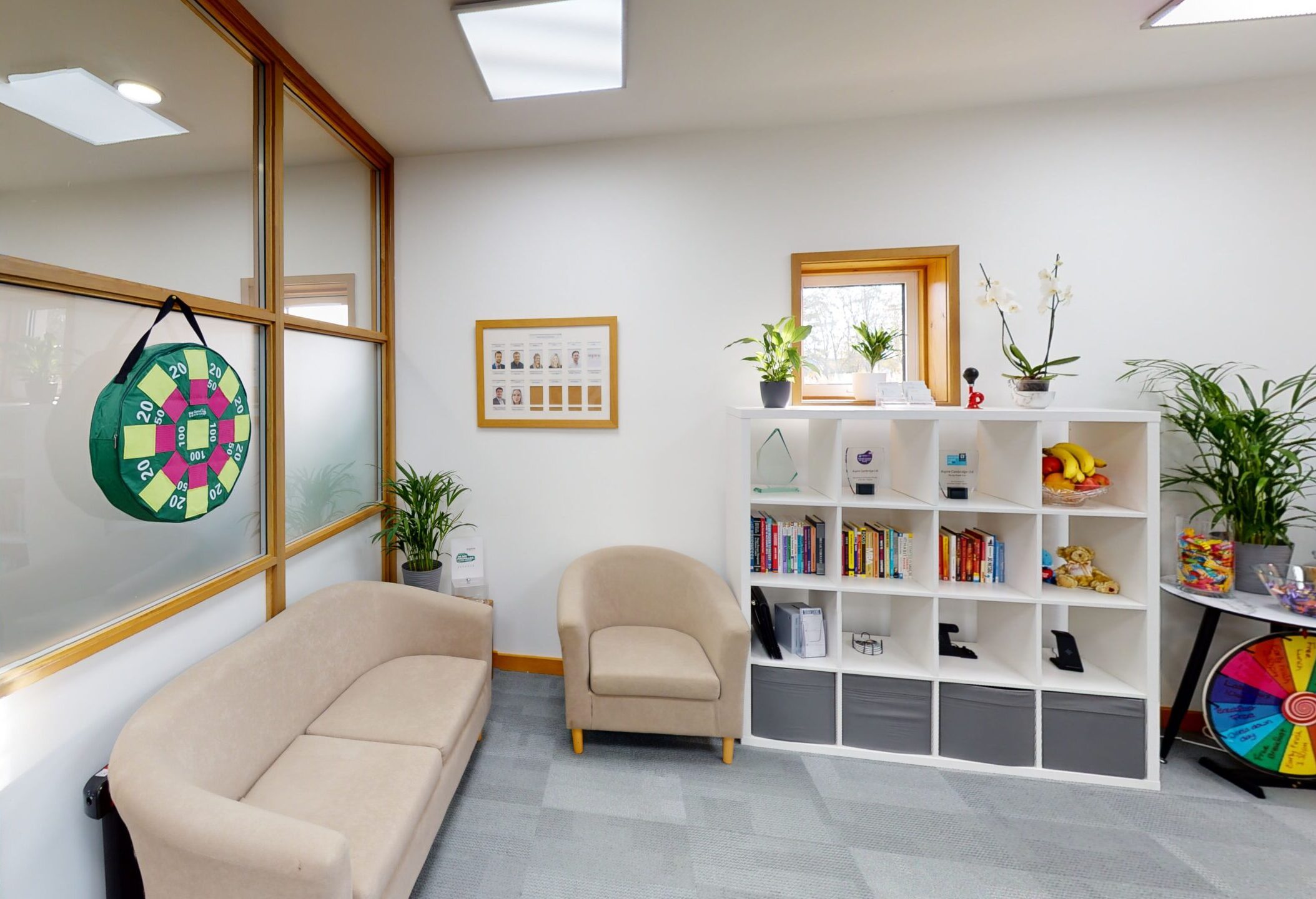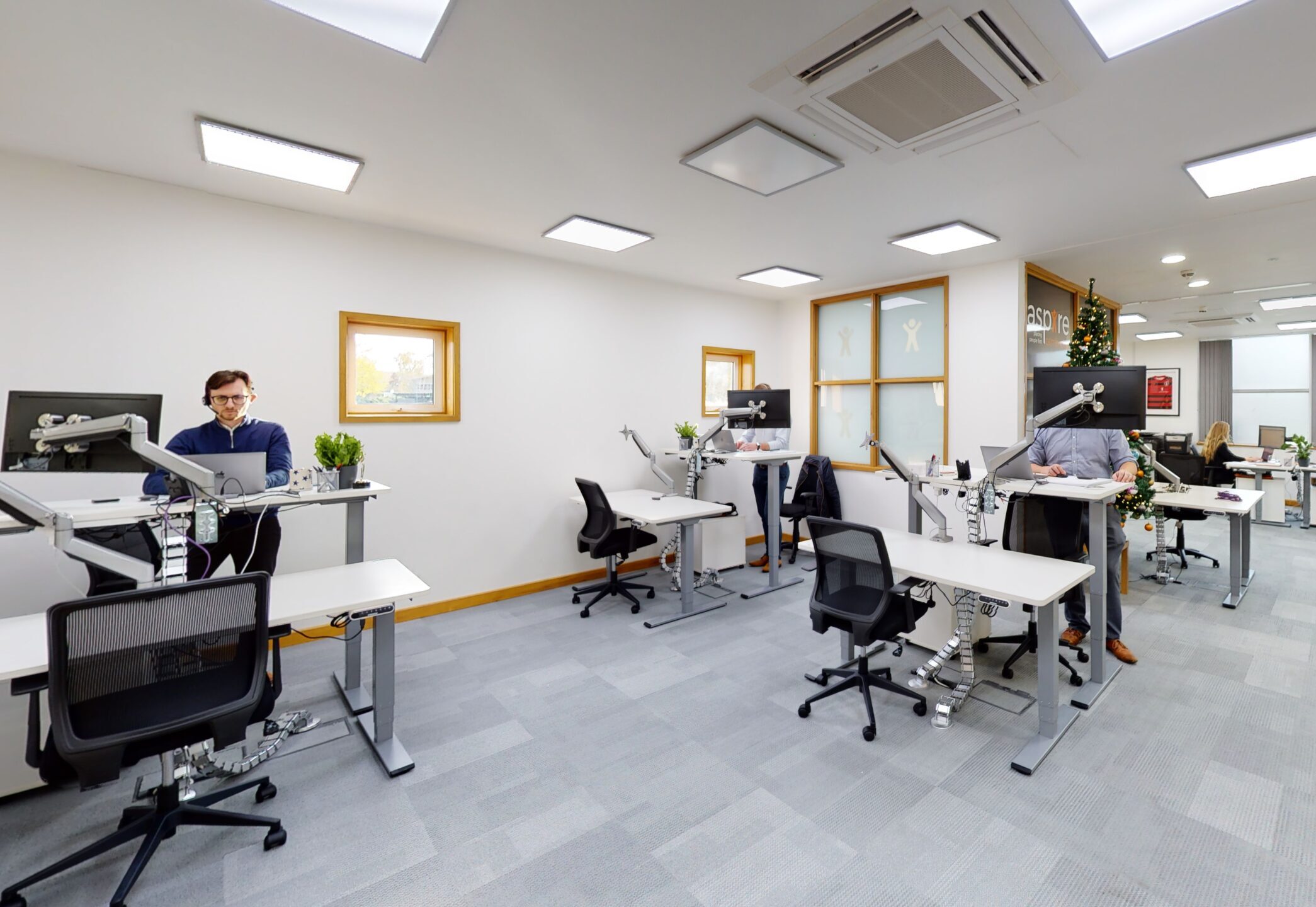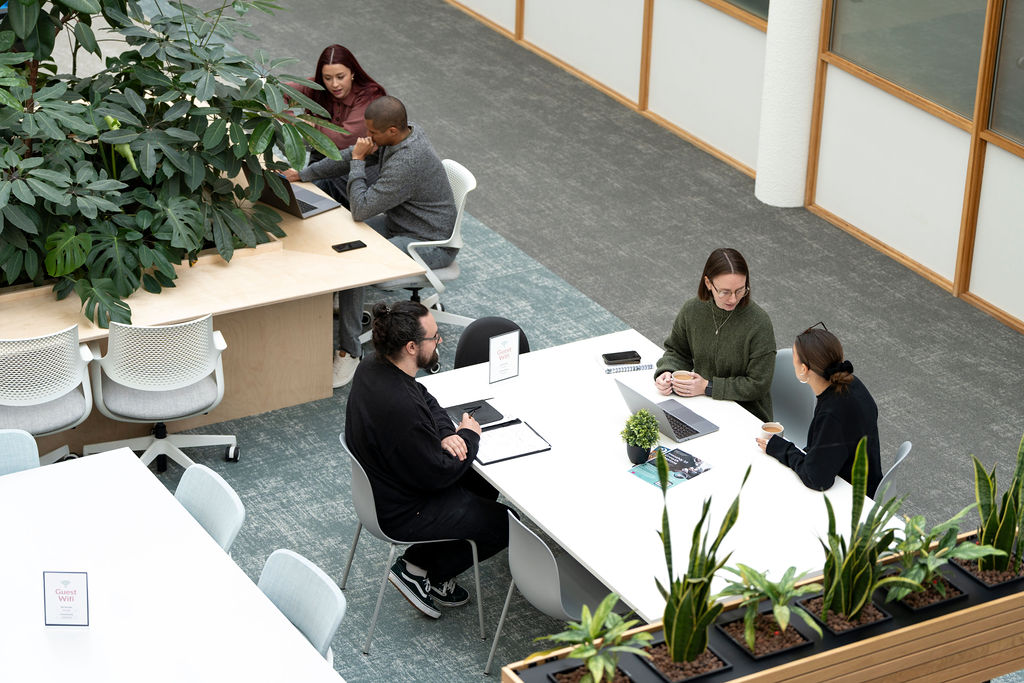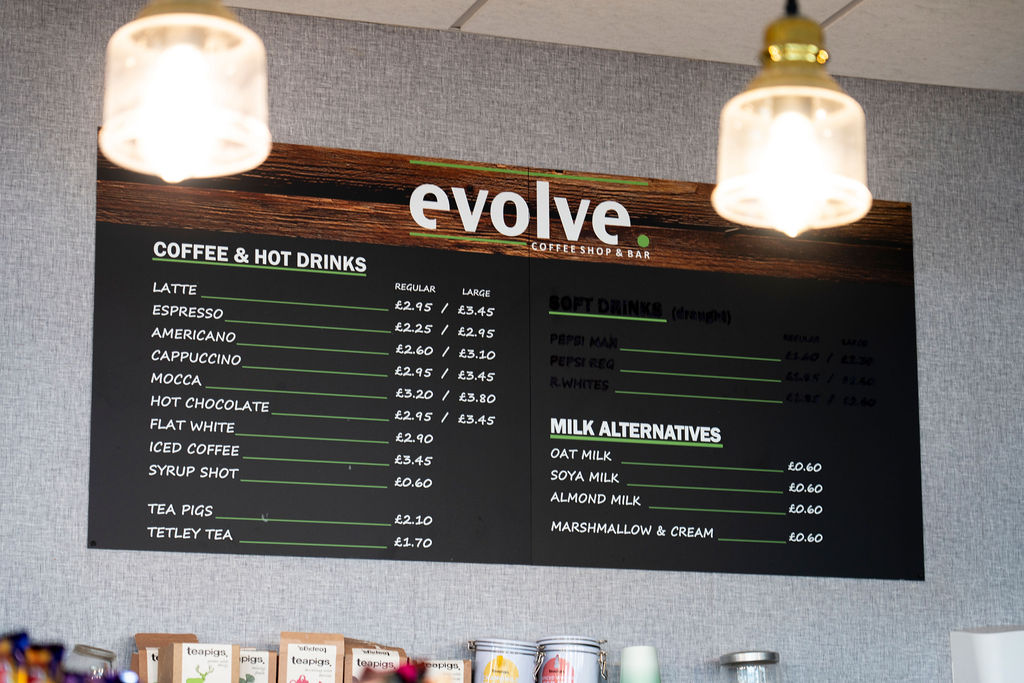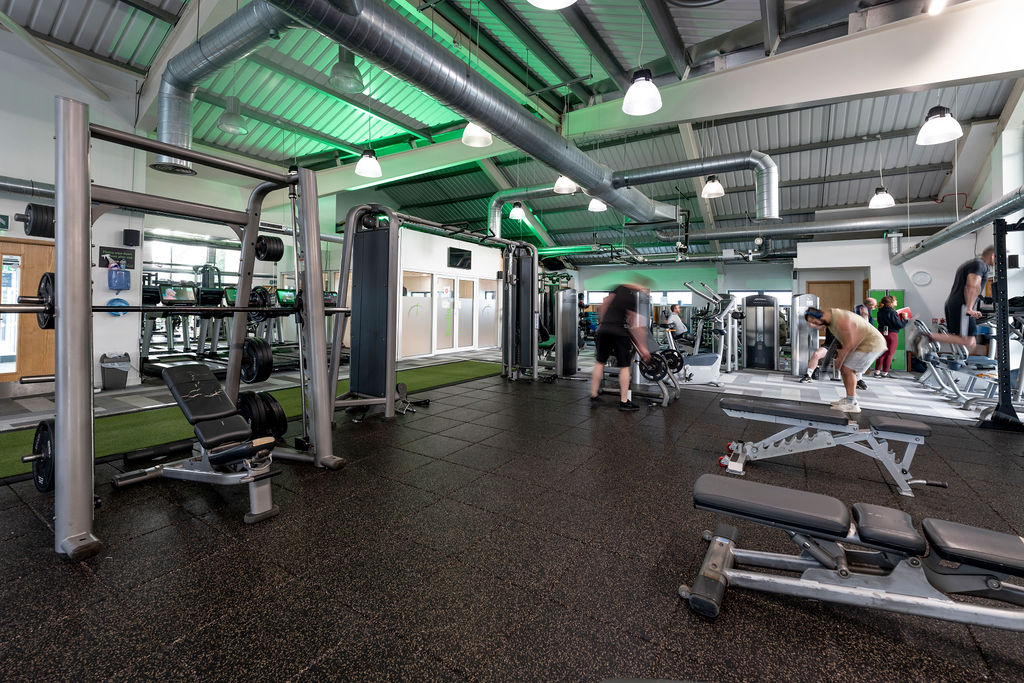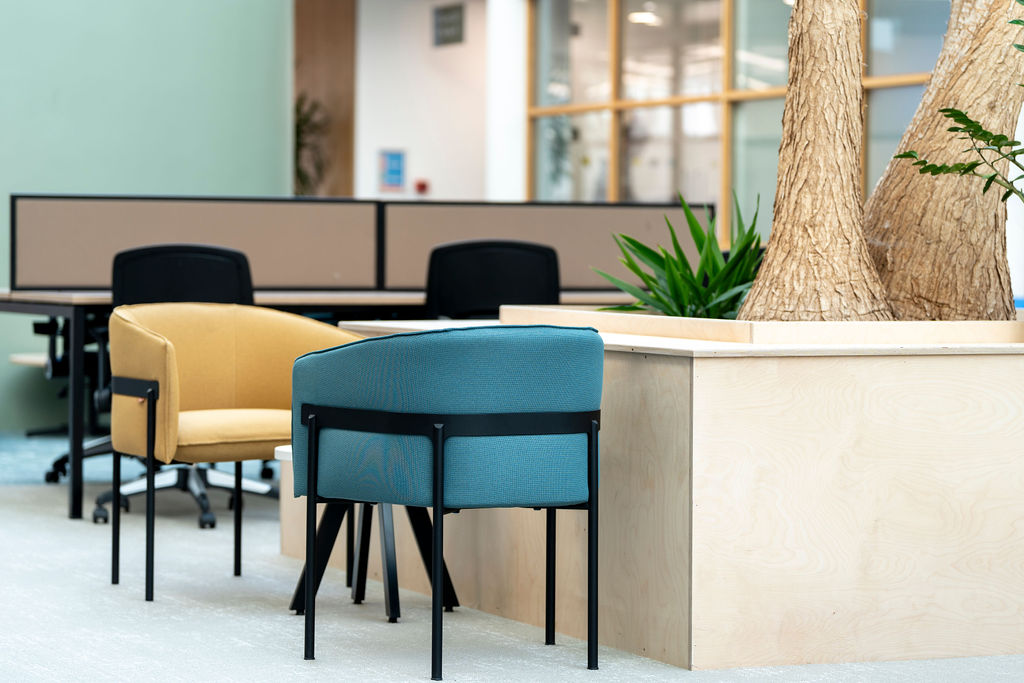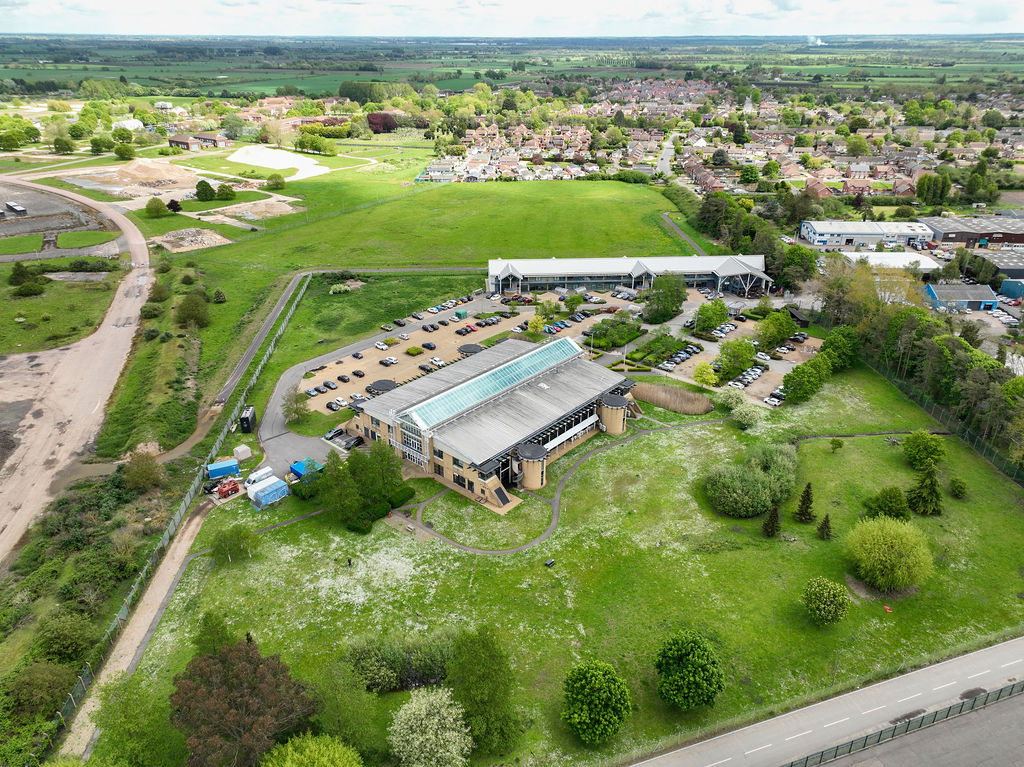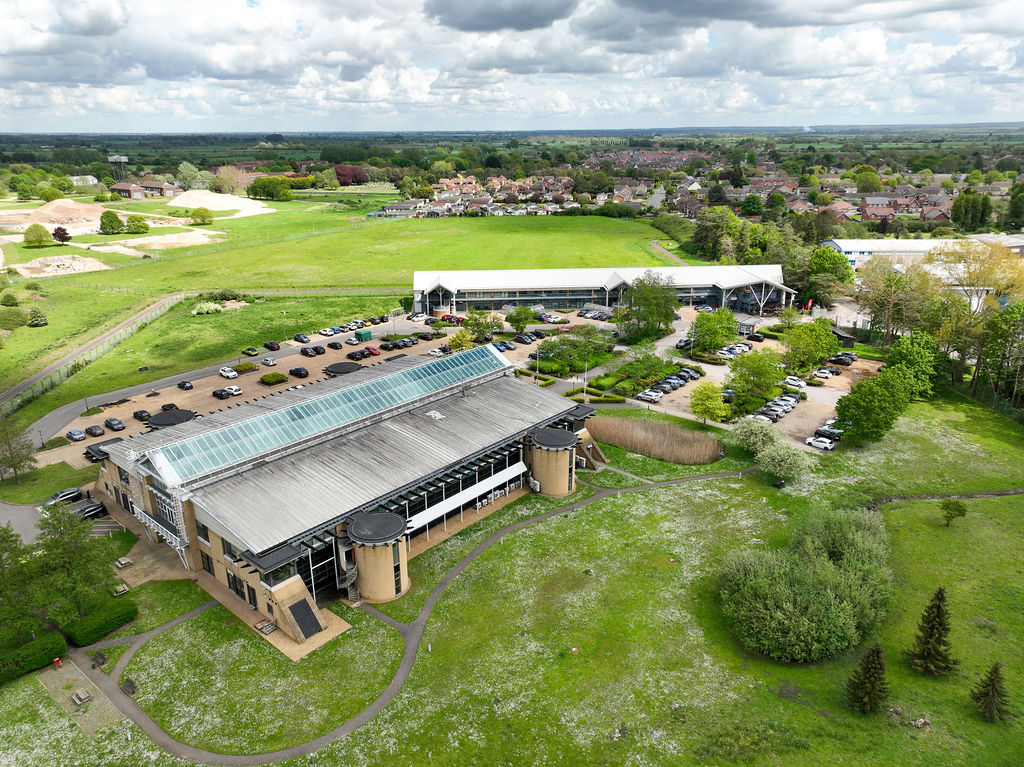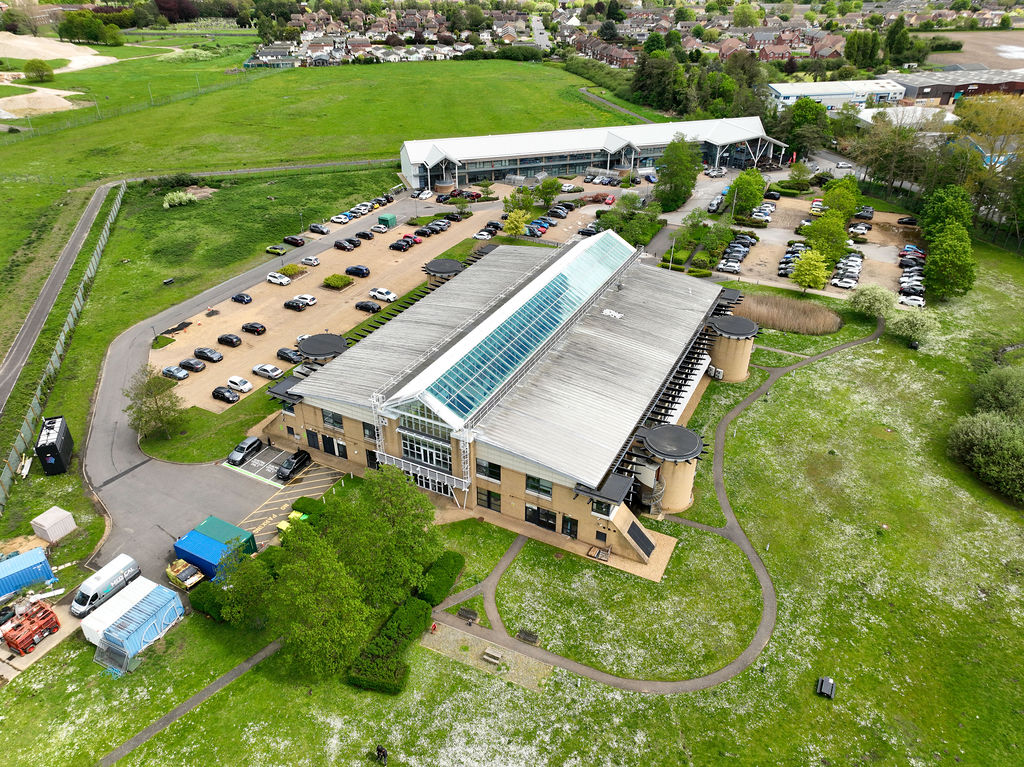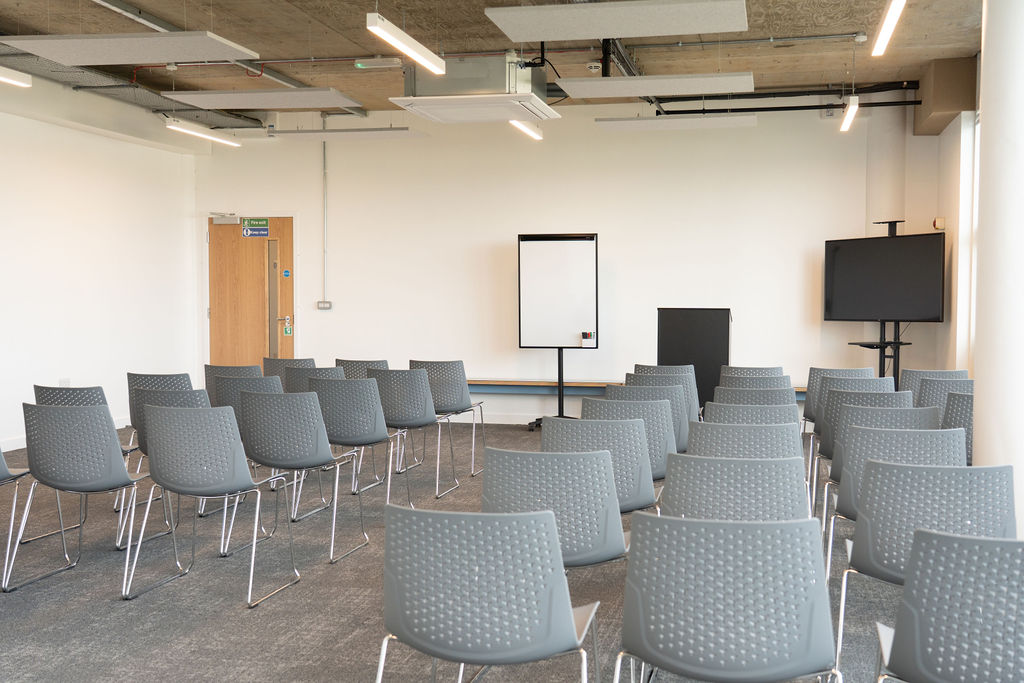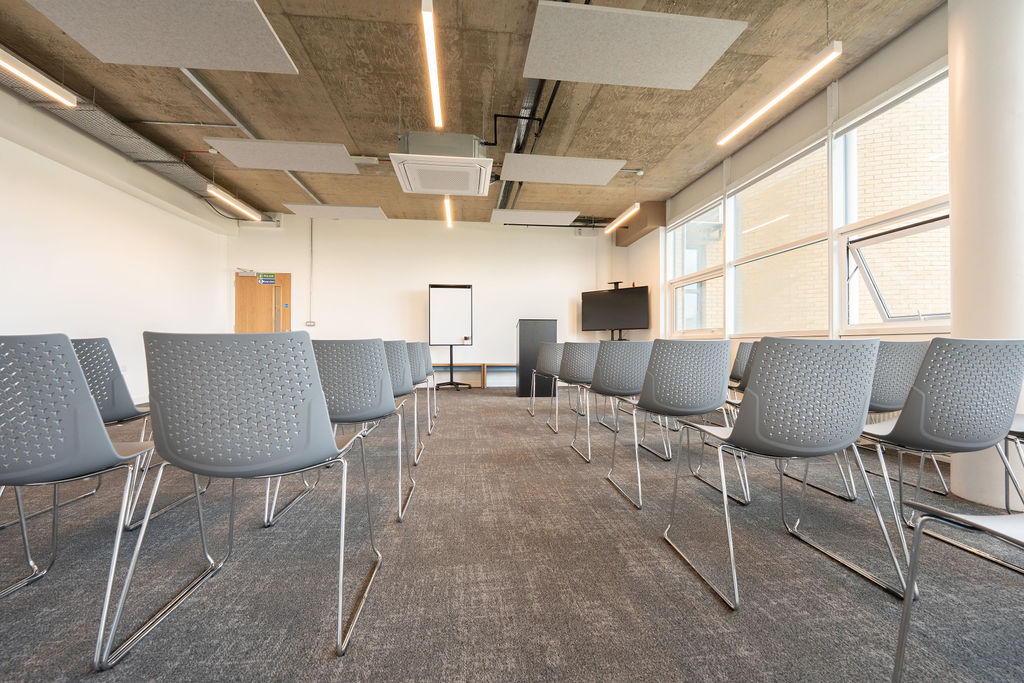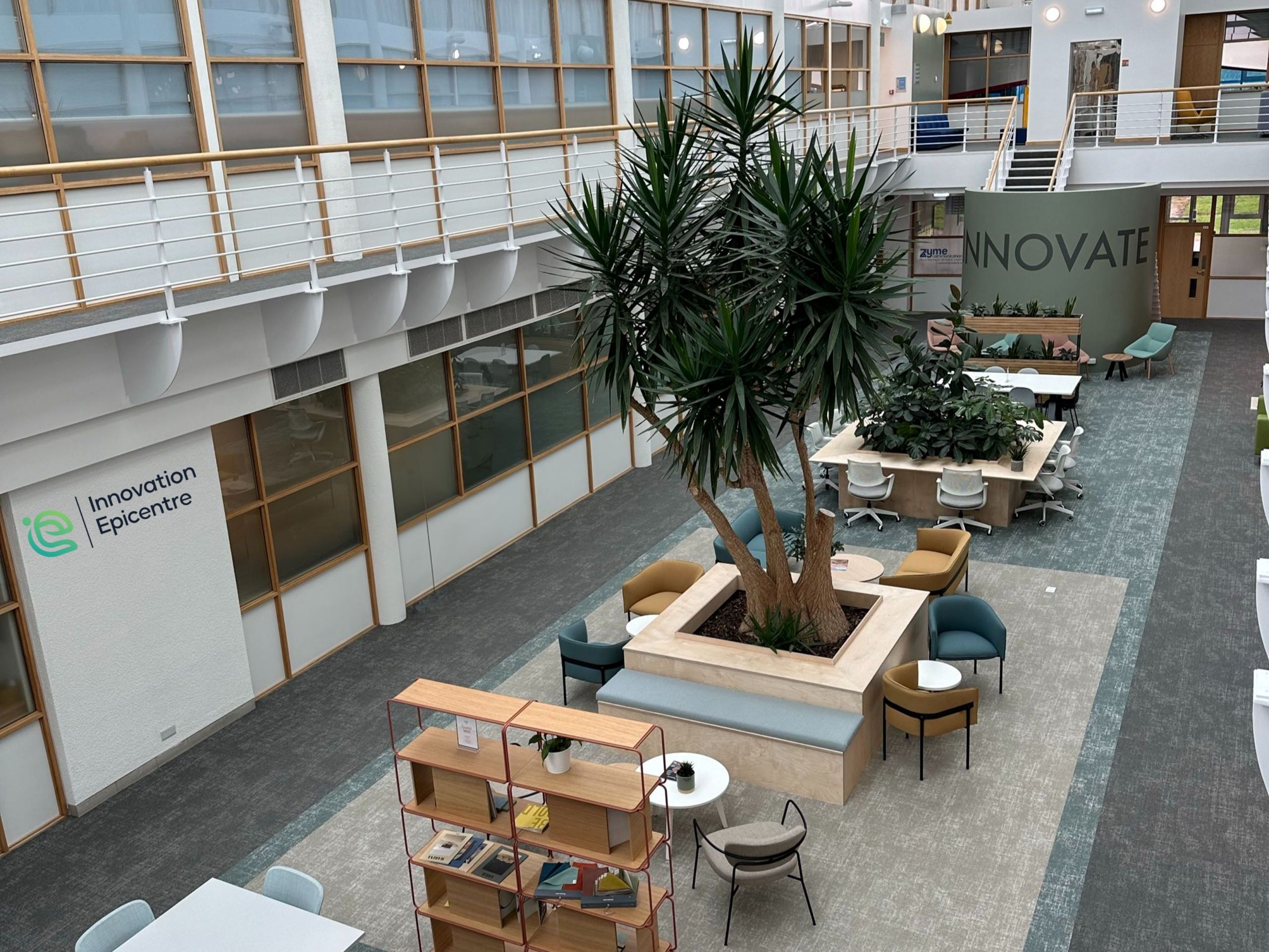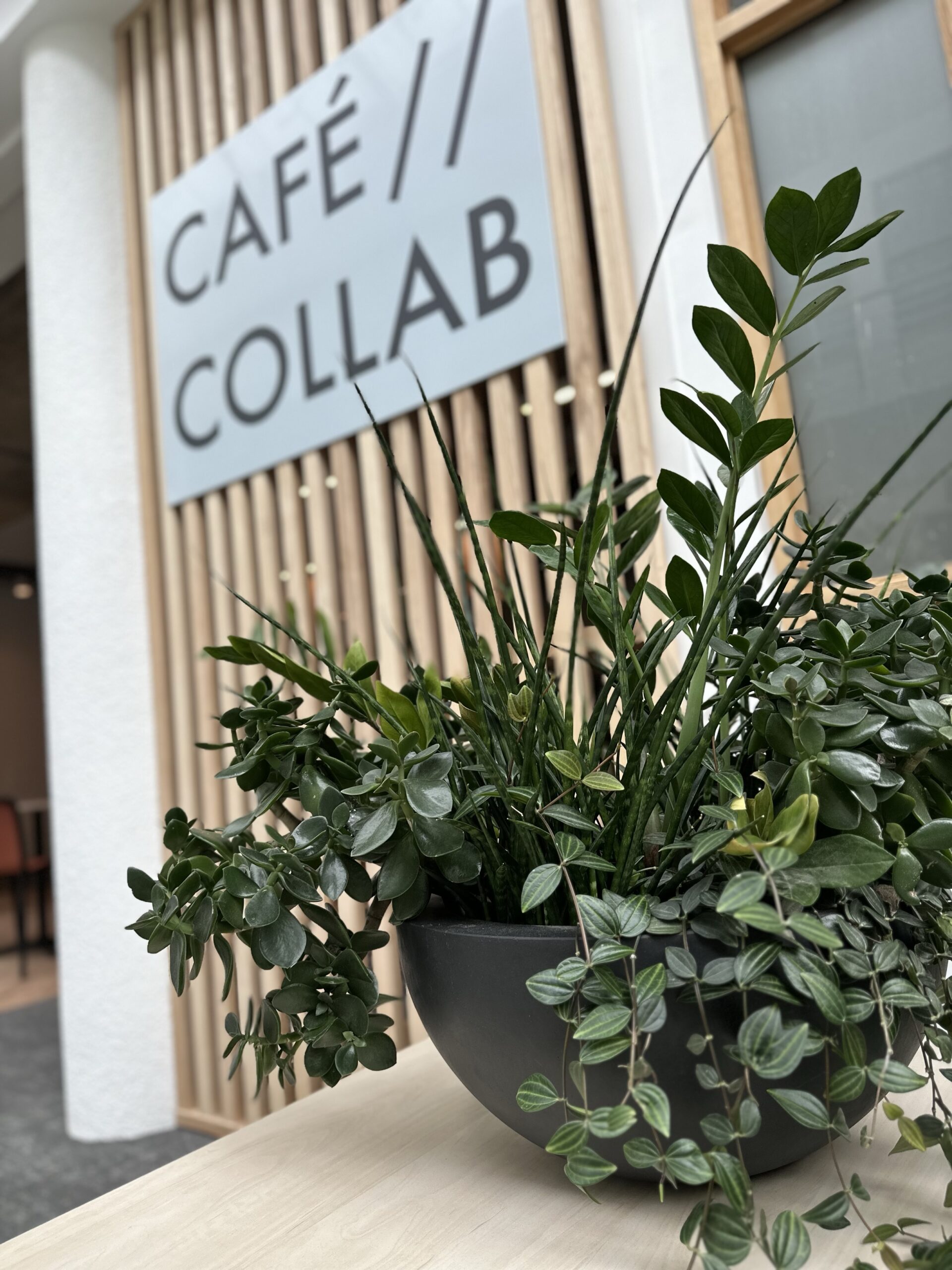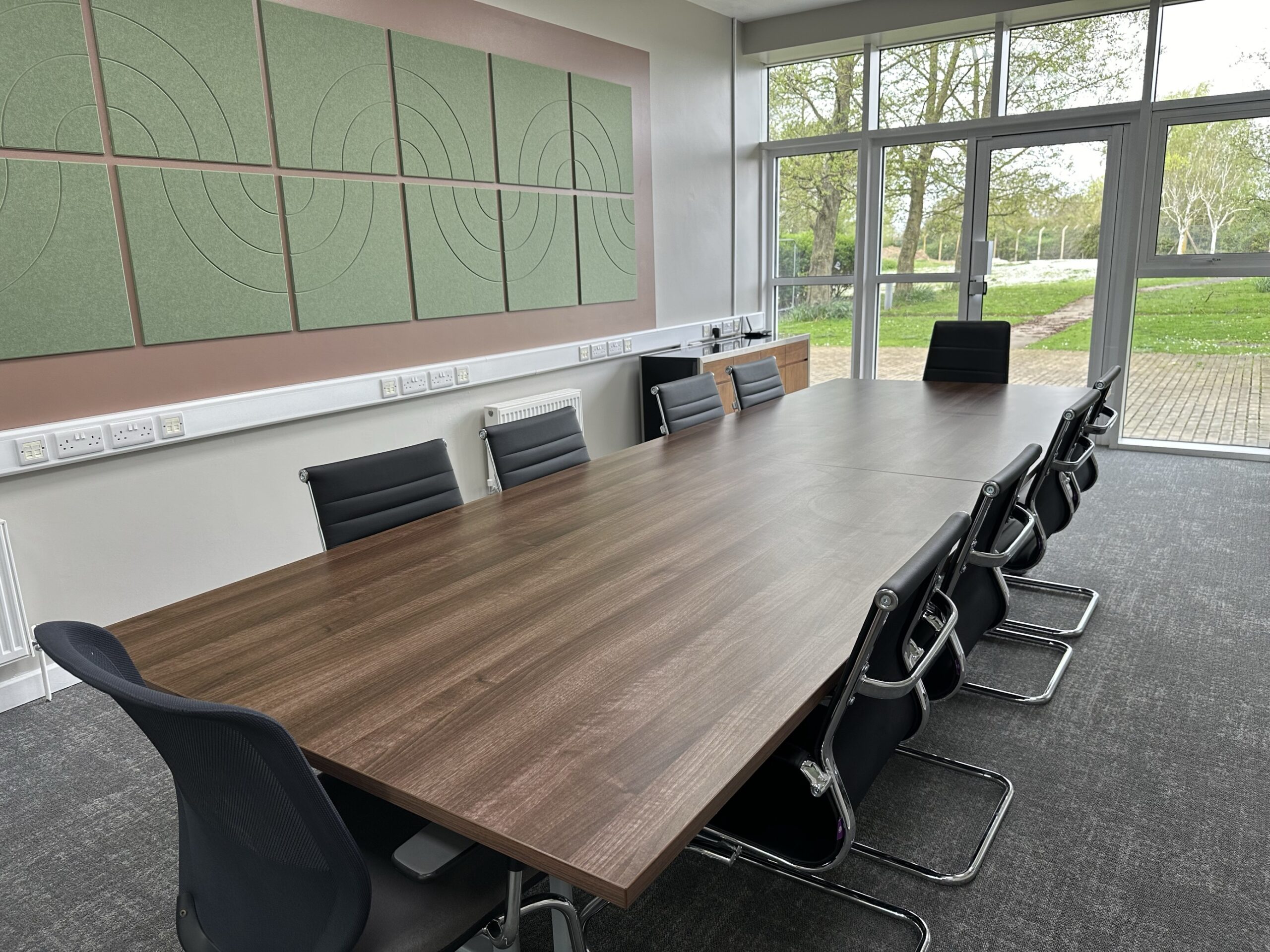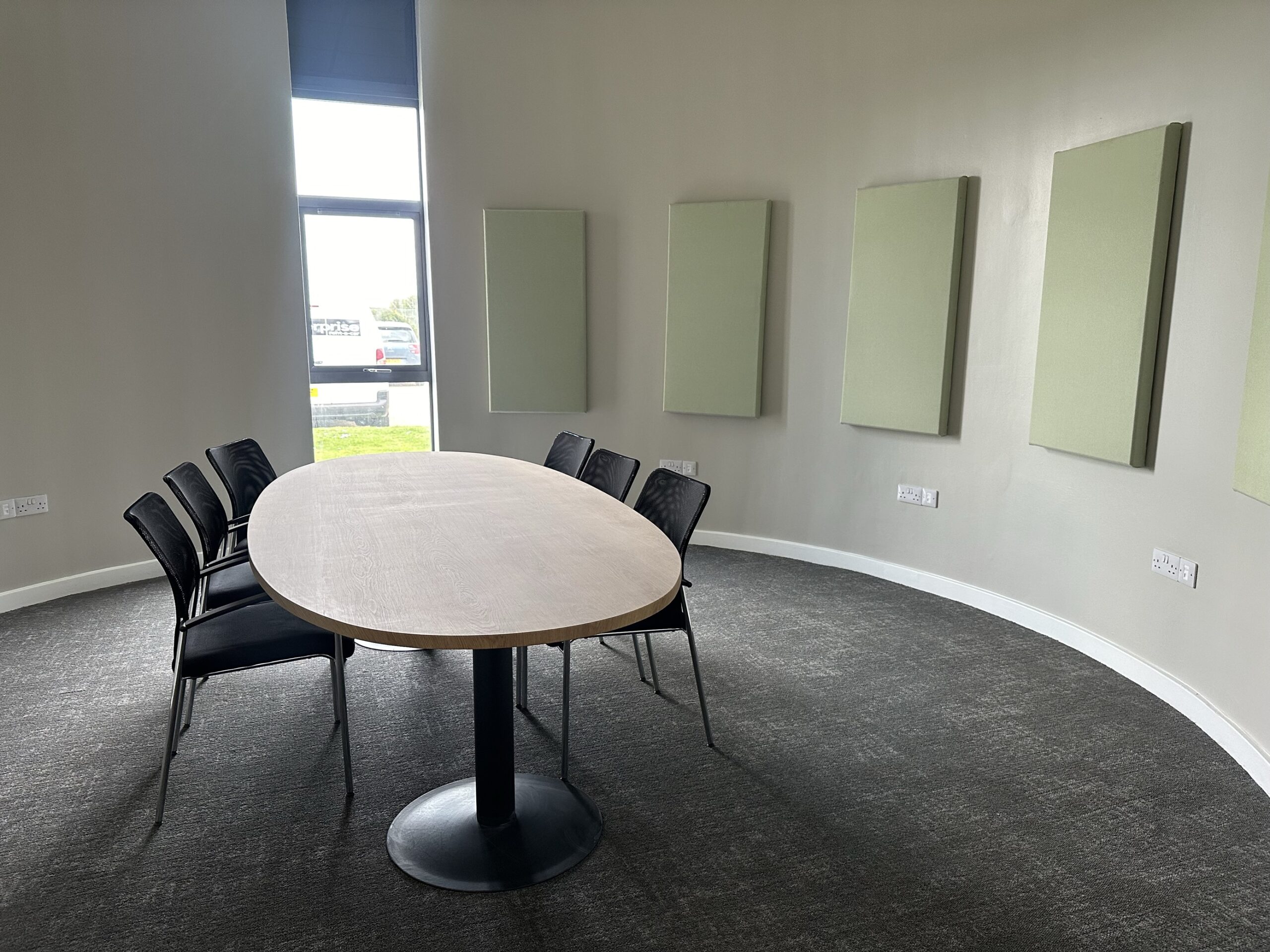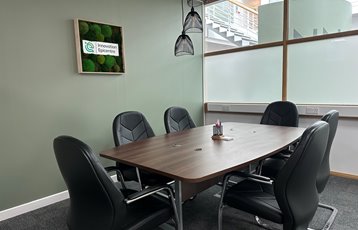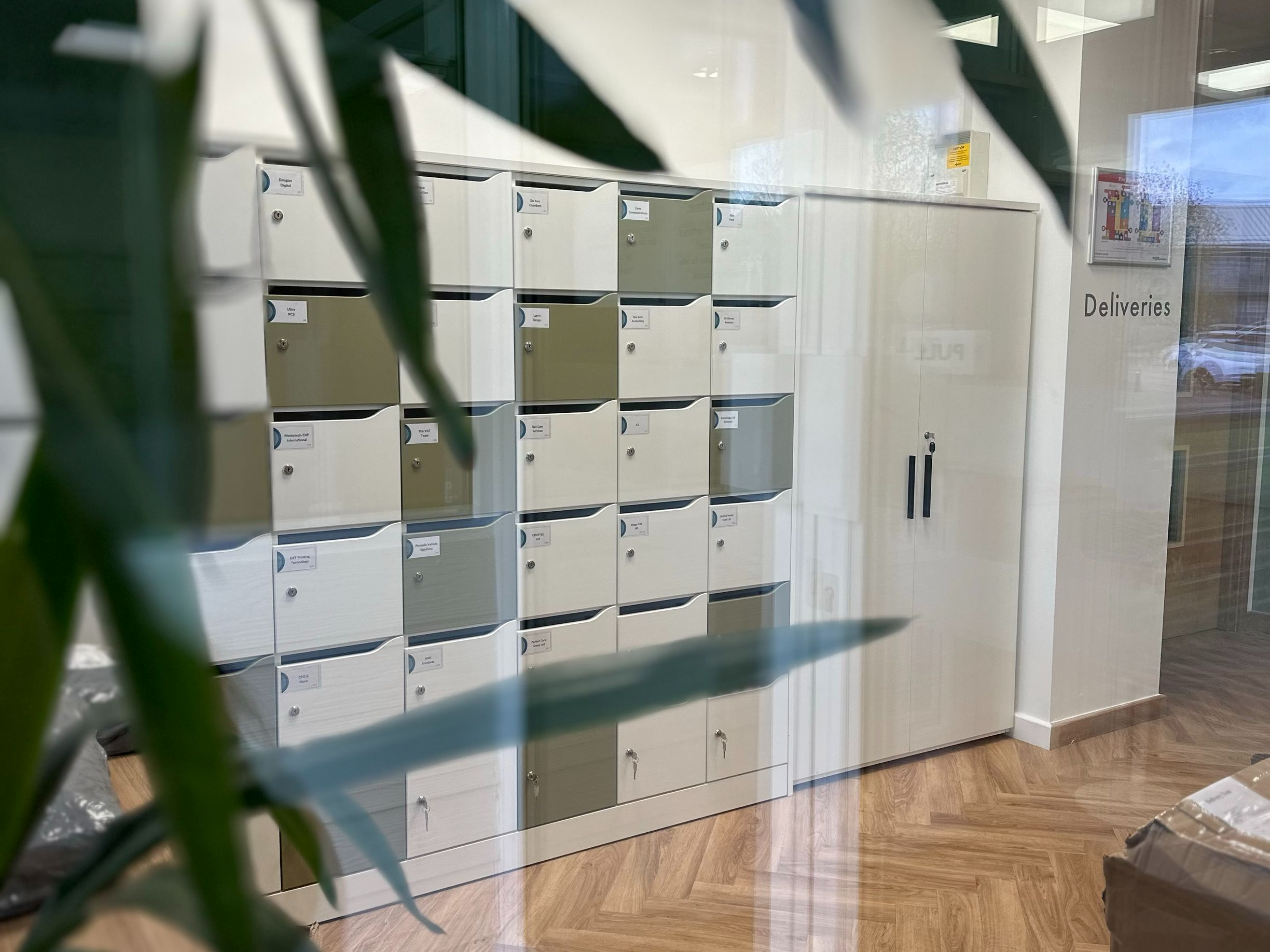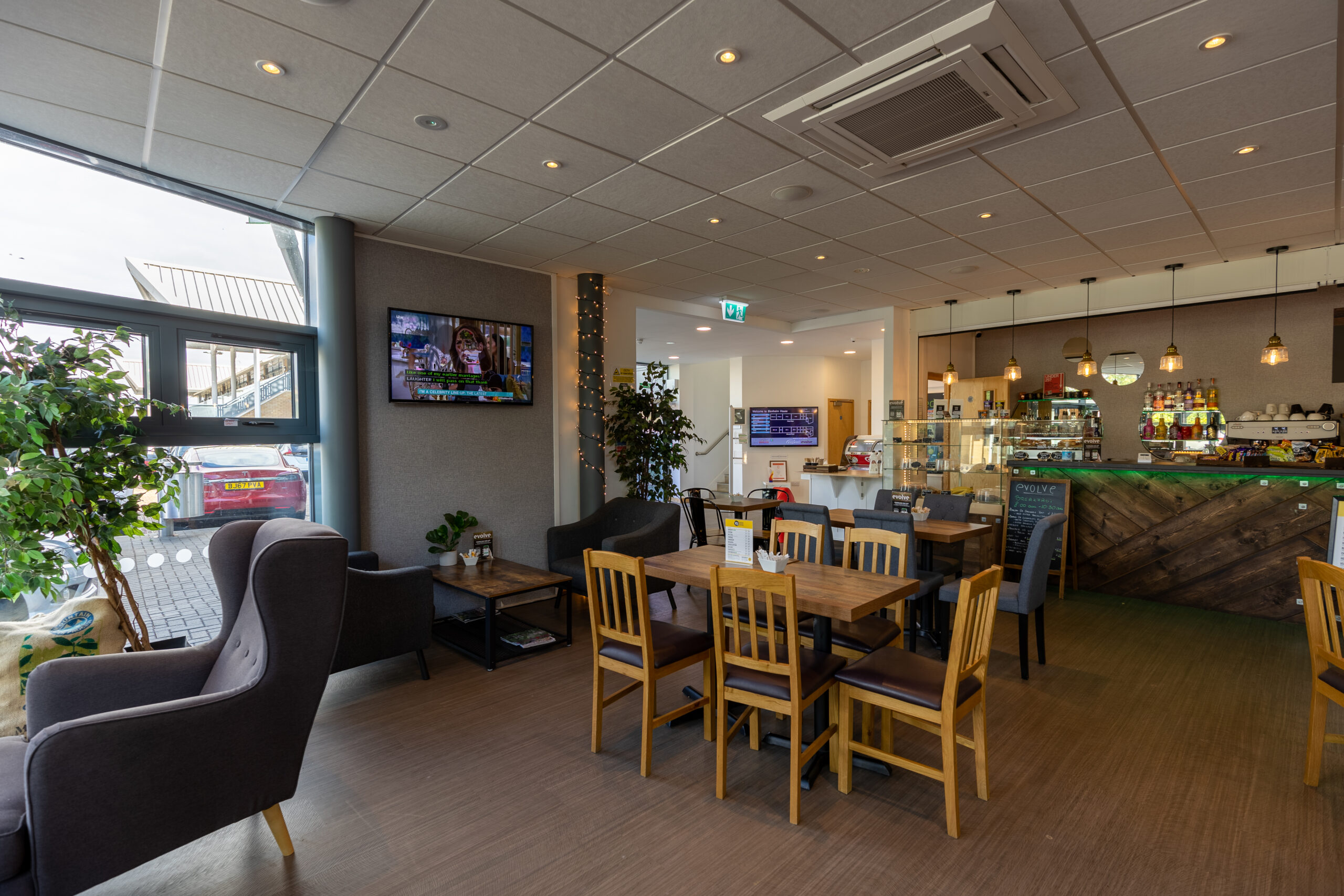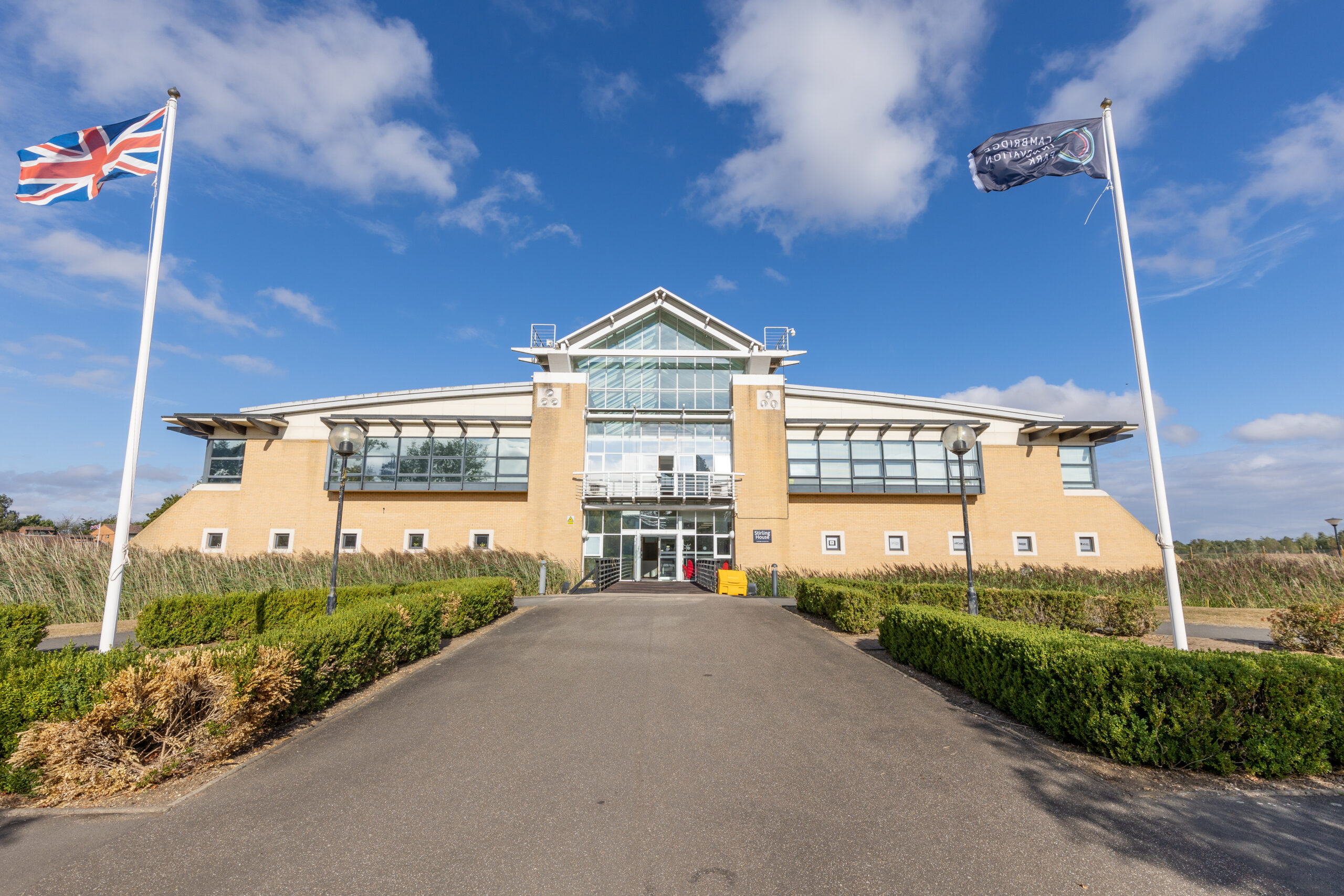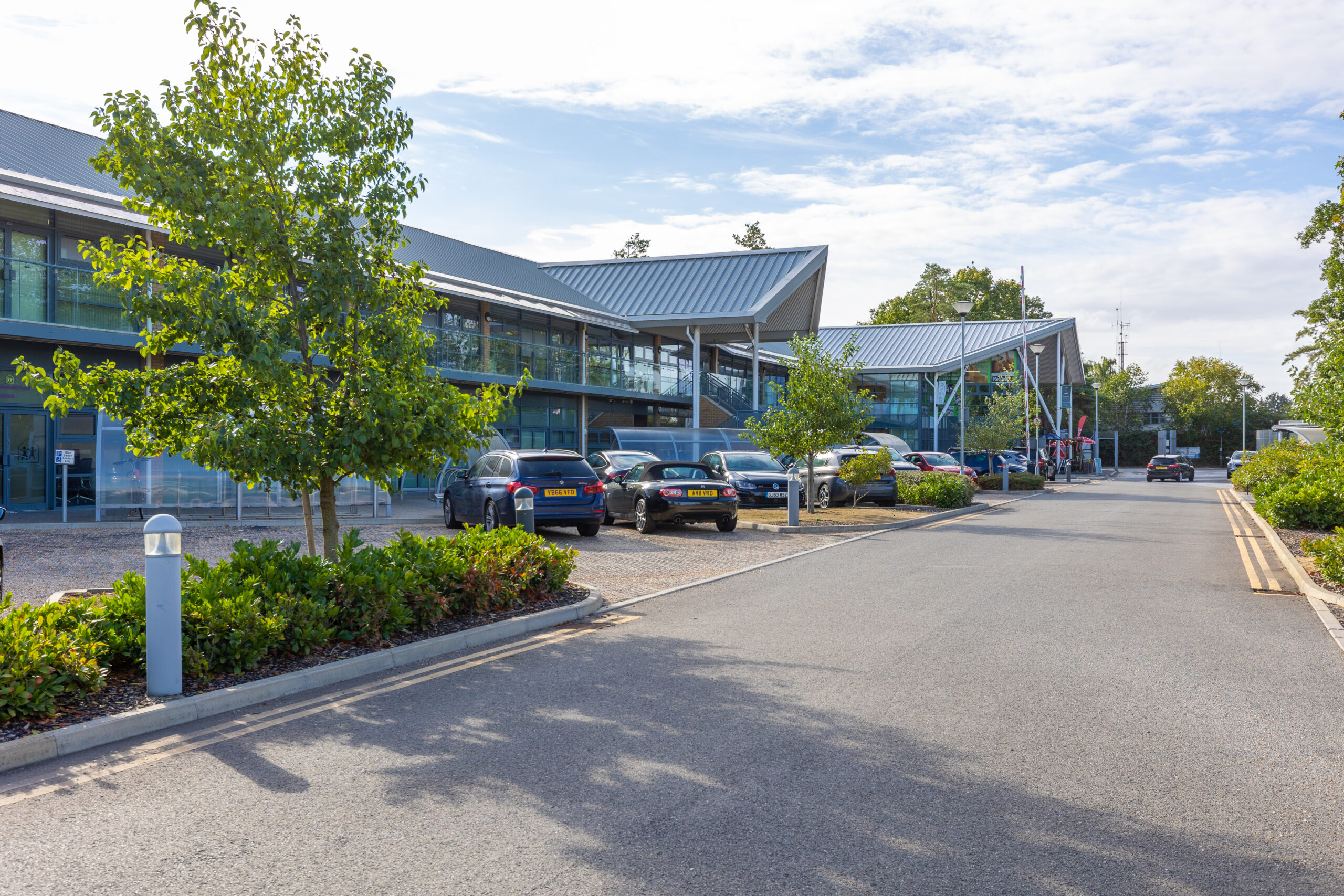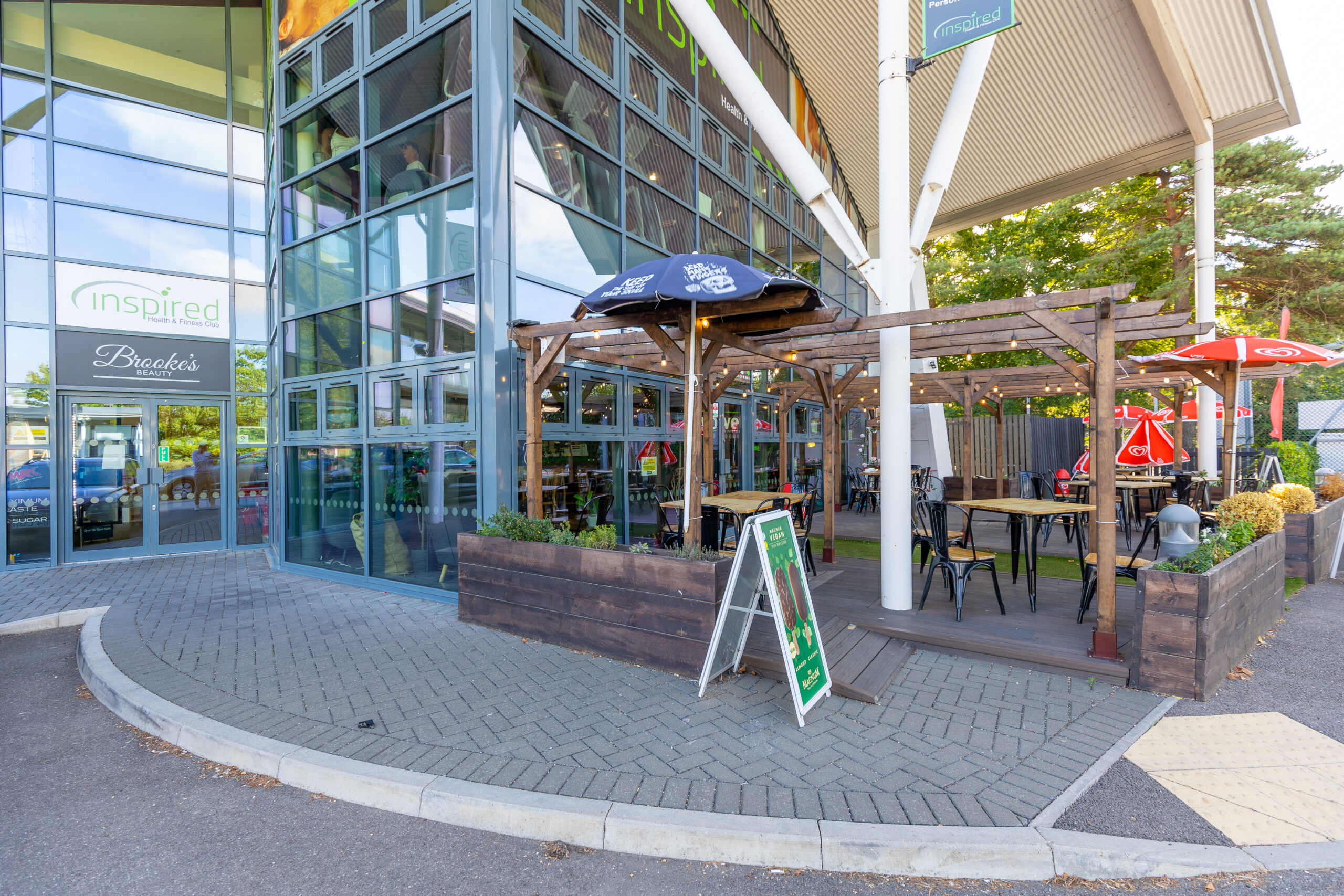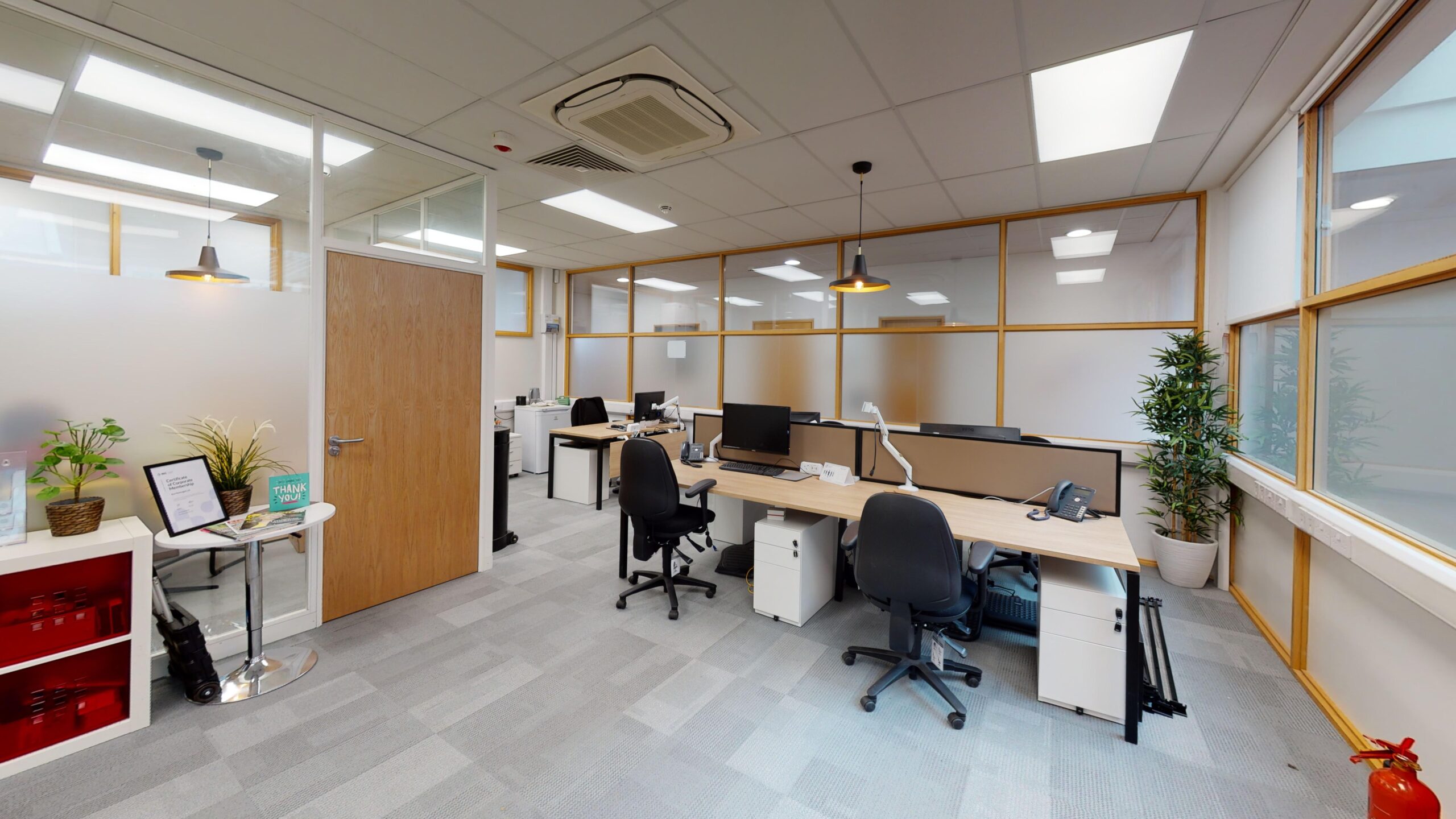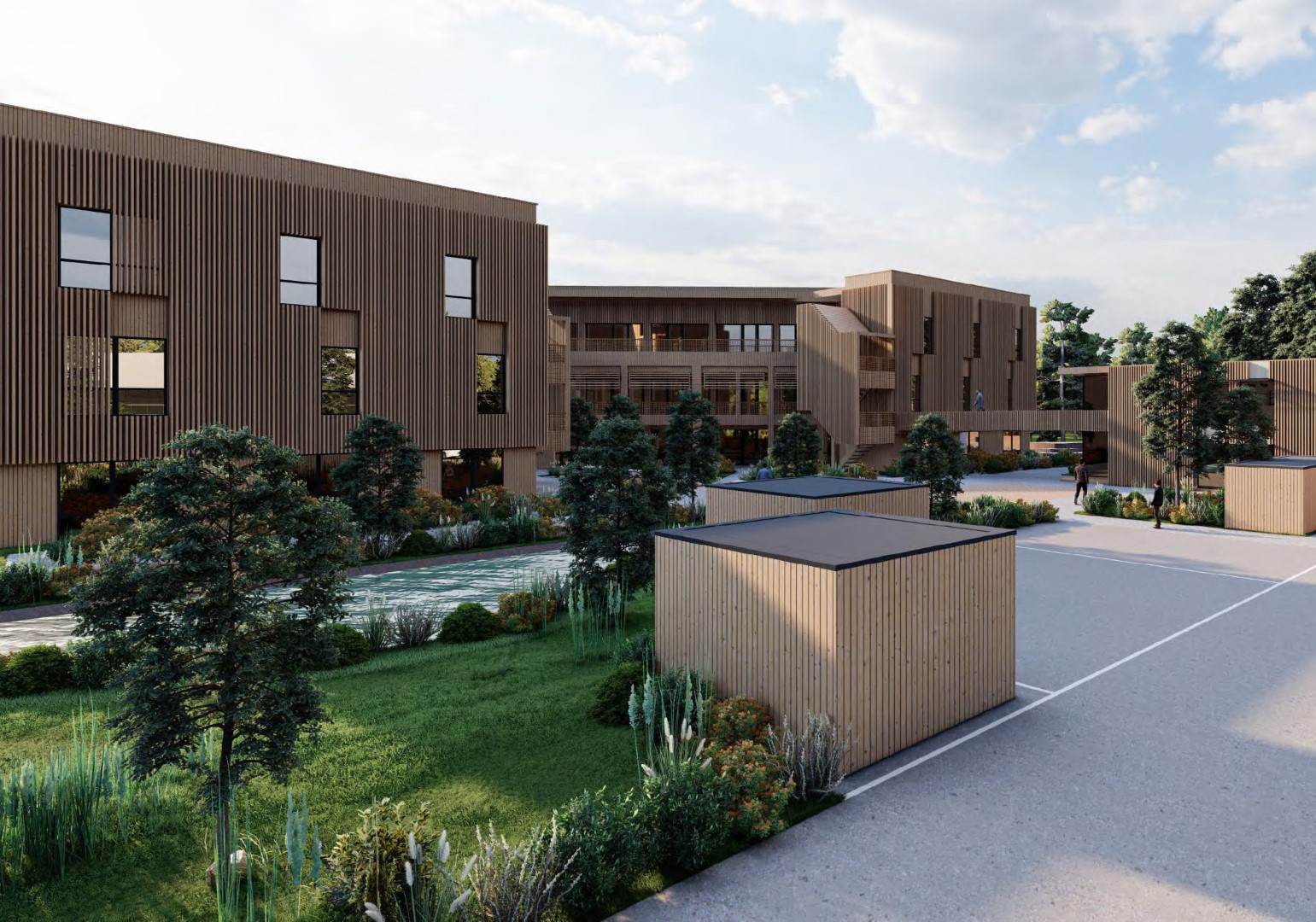Our Amenities
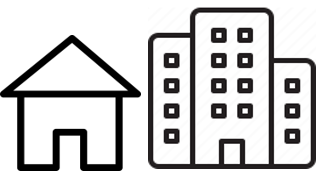













We are investing in Great Flexible Office Environments
allowing our clients to embrace “Hybrid” working…and flourish
Bought by its current owners in 2012, Cambridge Innovation Park has transformed not just itself but also the clients it supports. Playing host to numerous success stories, many of which have been built upon the power of confident collaboration…it has established an ecosystem that can deliver a truly positive impact.
Our mission is to provide entrepreneurs and businesses alike with environments rich with the knowledge and knowhow needed to build global, transformational companies…something that Cambridge is more than a little famous for.
Today, effective office space is not just somewhere to sit quietly and get on with work. It’s a place where communities come together; create excitement and experiences; and ensure that they are more than the sum of their parts.
To achieve all of this, we have developed an extensive network of collaborators providing our community with easy access to the right insight, support and funding knowledge to help identify and pursue the most attractive opportunities with long-term potential.
With the advent of “Hybrid Working”…The Office is changing
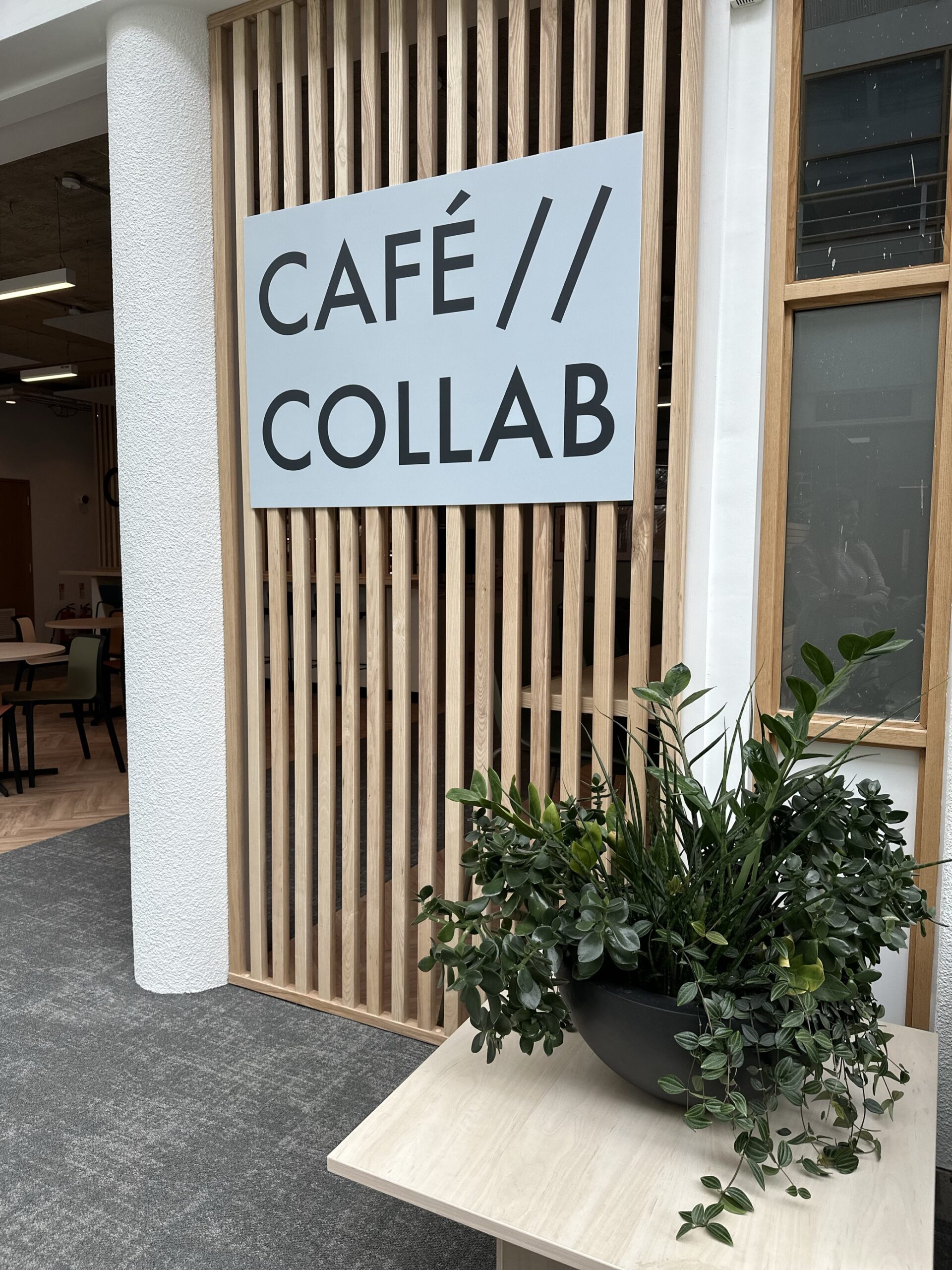
- Pre-pandemic, most people were dissatisfied with their office space. Post-pandemic, the requirements of office space have to be different.
- Hybrid working is increasingly the norm. For it to be successful, the office environment needs to evolve and recognise the changing drivers.
- This requires a balance of spaces, calibrated to each company and the diverse range of occupant requirements.
Workplaces, everywhere, are undergoing a deep transformation. Companies are throwing out established norms on how, where and when people work and developing what has been coined as ‘hybrid working’. It’s not just gathering momentum…it’s become the norm and surveys tell us it’s here to stay.
So if hybrid working is the future of the workplace, what will the hybrid office look like?
Working the “hybrid way”
Hybrid working is a very broad term. For some it may mean everyone still coming in most days, for others, a couple of days per week or even only meeting once a quarter. In some it will be a combination of all of those or more…tailored to individuals.
Hybrid working is not totally new. It emerged long before the pandemic, with flexible working and teleworking gaining popularity first with the emergence of personal computers in the 1970s and then with the internet in the 1990s. However, at the beginning of 2020, still only 5% of work hours in America were spent at home. By spring 2020 this had risen to 60% (the covid factor) and as of October 2021, that figure was still at 40%.
It’s not just an American phenomenon – similar trends have played out across the world. Millions of people who had never had the opportunity or inclination to work remotely were experiencing a different model and many thought that they could work as effectively from home.
Offices seemed not as essential as we thought, and as companies like Twitter started to make announcements that staff could work from home forever, the reason for having them at all started to be called into question.
The traditional office…flawed even before hybrid work
The World Economic Forum (WEF) tells us that pre-pandemic offices had become increasingly disliked. In one pre-pandemic study 85% of people surveyed said they were dissatisfied with their office environment. Whether in attempts to improve collaboration or reduce costs, offices had become increasingly open plan and higher density, sometimes less than 5m2 per person. Consequently they were often noisy, distracting and unhealthy. Also 40% of office staff were suffering from poor lighting and the temperature was typically not only uncomfortable, but also impeded the performance of women.
These are important considerations as at home people can control their noise level, lighting, temperature and privacy and optimise the environment for comfort and productivity. It’s not surprising that 35% of workers in UK said they would take a pay cut to continue to work remotely at least part-time post-pandemic and 25% would quit if they couldn’t.
But, and it’s a “BIG” but, a study across six countries shows that 44% of senior executives wanted to get back to the office full time compared to only 17% of their staff.
Is the office dead? Unlikely…so what is the case for returning to the office?
The power of proximity
In the 1980’s an MIT professor Thomas Allen discovered the power of proximity. He found that most collaboration happens within an 8m radius and drops to almost zero by 50m. The Allen Curve, still holds true today with people emailing colleagues most who they sit closest to. This proximity becomes even more critical for new recruits and new projects, where the learning curve is steepest. Proximity also reinforces culture and a shared sense of belonging.
Research by Microsoft shows that remote work led employees to spend less time collaborating with colleagues outside their regular network, so called ‘weak ties’, and people in other functional units. Collaborating with new people often leads to new knowledge and increased innovation. Steve Jobs captured it perfectly: “creativity comes from spontaneous meetings, from random discussions.”

So, what does a collaboration enabled, flexible office environment look like?
Hybrid working is a compromise…but it’s one people and companies are making work.
It allows staff the opportunity to carry out individual “head down” work at home if they feel they can concentrate better there and it provides collaboration-focused office space to ensure connection, knowledge sharing, and unplanned encounters. For hybrid working to be successful, the office set up had to change dramatically.
Those winning in this “New Norm” have done away with rows of identical desks squeezed together. They have moved to more varied, flexible and individually controllable environments that suit all workers and work styles. They give access to quiet rooms, bookable desks and touchdown spaces and seek to implement individual control over lighting, temperature and acoustics.
But above all else, the best hybrid offices are set up for “Ultimate” collaboration – planned and spontaneous, open and private, from one to one to the whole office, internal and client inclusive, face to face and with remote staff, for mentoring, brainstorming, presentations and training.
The lines are blurring across previously distinct aspects of life. Access to enhanced amenity and social facilities, like cafes, bars, fitness facilities are not only key to enticing staff to the office but can also strengthen a sense of belonging and shared culture, and encourage cross-functional connections and chance encounters.
In summary, the one size fits all approach to workplaces that became the norm in offices across the world does not work for the hybrid office.
For hybrid working to be successful, a balance of space will need to be calibrated to each workplace and the widest range of individuals within it. What works successfully for one company may be a failure for others and the same goes for different departments, teams and individuals. Here at Cambridge Innovation Parks we are seeing a plethora of solutions with clients constantly telling us of the need for high quality accessible flexible space.
We are modernising our facilities to give this ultimate adaptability. As our clients consistently adapt, so their workplaces do too. Ultimately, the era of the “hybrid office” has to become a self-learning and continually evolving ecosystem.
We have on-site design specialists who are working with our clients to make this happen. If you’d like to find out about how we’re adapting and how our clients are creating successful hybrid environments, we’d love to talk and to put you in touch with those that are succeeding. They will be able to tell you how they recruit and retain the most diverse range of talent, improve staff health and wellness, enhance collaboration and performance, and adapt rapidly to change.
Hybrid working is not an easy option. However, done mindfully, it can provide the most effective way of working.
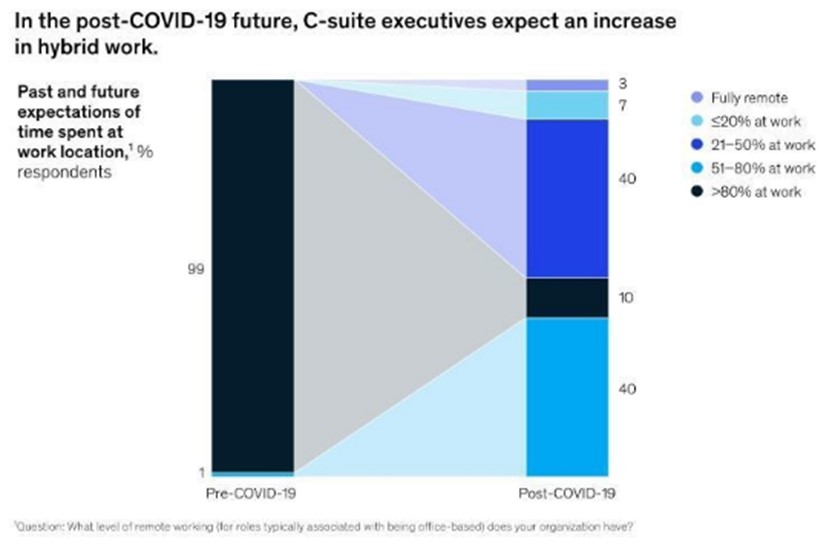
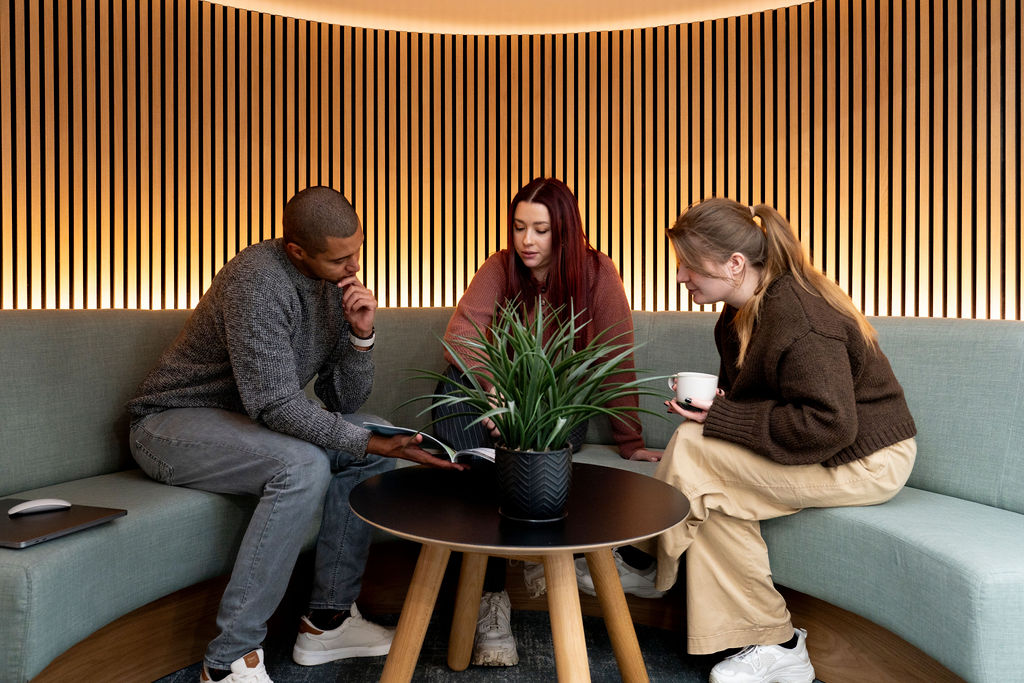
Site Gallery
Available spaces
Meeting Rooms, Conference Space and Training Venue
Our meeting room, event and training facilities are perfect for those based around Cambridge that do not want to be caught in the inevitable traffic jams, lack of parking and London level prices. Conveniently located just off the A14 & A10 with high-speed fibre connections, ample parking, and over 10 acres of accessible park land, our meeting and conference rooms are designed for smart working.
All units can be tailored to your specifications and in Stirling House with its accessible “coffee chic” communal spaces, we are sure you’ll have a productive time.
Reserve your Space
Reserve a Meeting Room, Hot Desk or Conference Suite
Our Community Directory
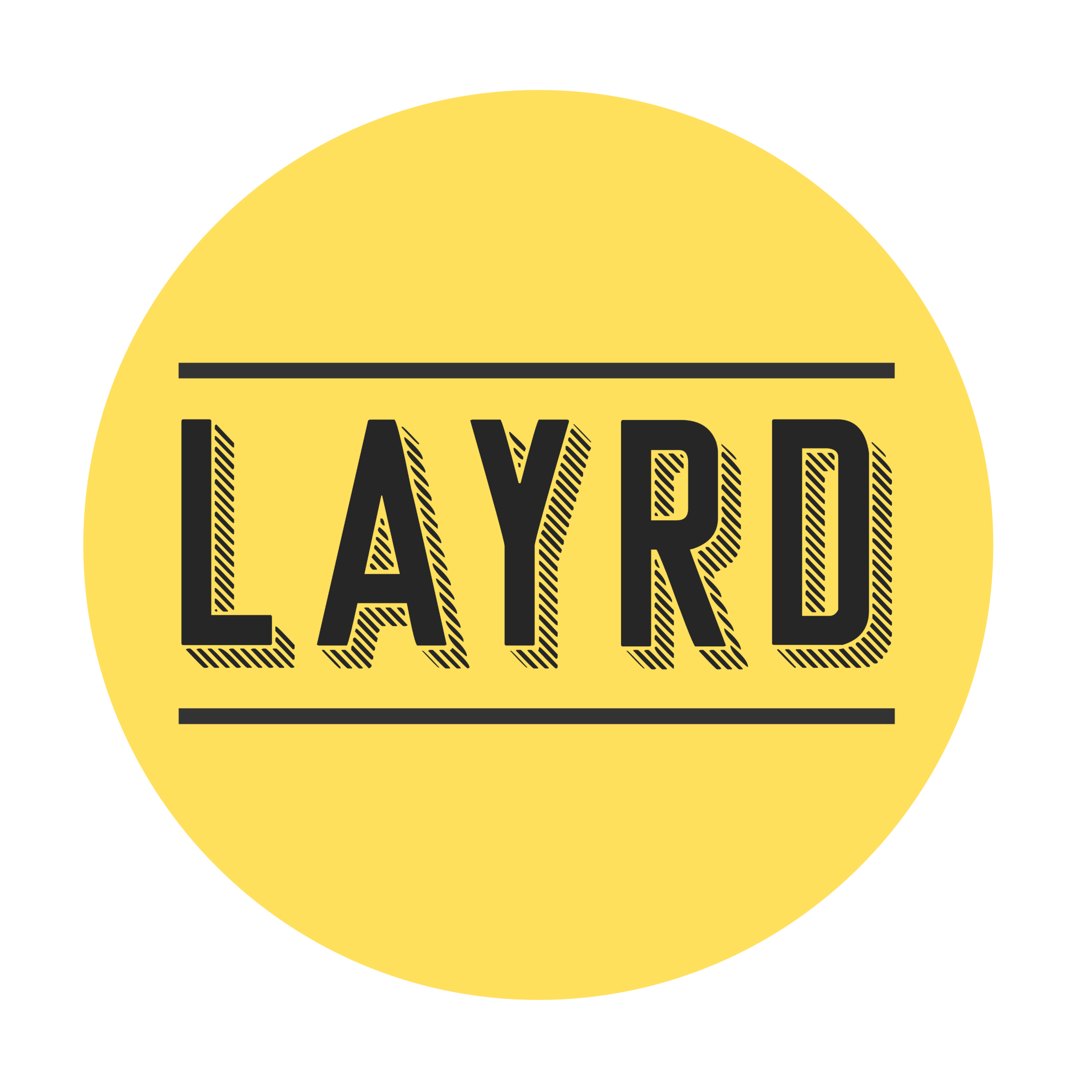





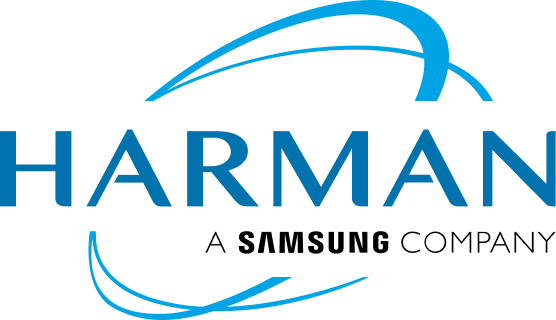


![NG_Bailey logo [RGB]](https://cambridgeinnovationparks.co.uk/wp-content/uploads/2023/11/NG_Bailey-logo-RGB-scaled.jpg)



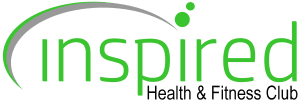


Get in Touch
Directions to CB25 9PB
From A14
Take junction 28 (Milton Interchange) and proceed along the A10 for approx. 3 miles. Cambridge Innovation Parks is signposted on the right-hand side by the filtered traffic lights. Cambridge Innovation Parks is on the left-hand side some 150m along Denny End Road.
From Ely
Follow the A10 towards Cambridge and after passing the roundabout at the Recycling plant, continue to follow the A10 fro approx. 1 mile take the filter lane on the left-hand side towards Waterbeach. Cambridge Innovation Parks is on the left-hand side some 150m along Denny End Road.
